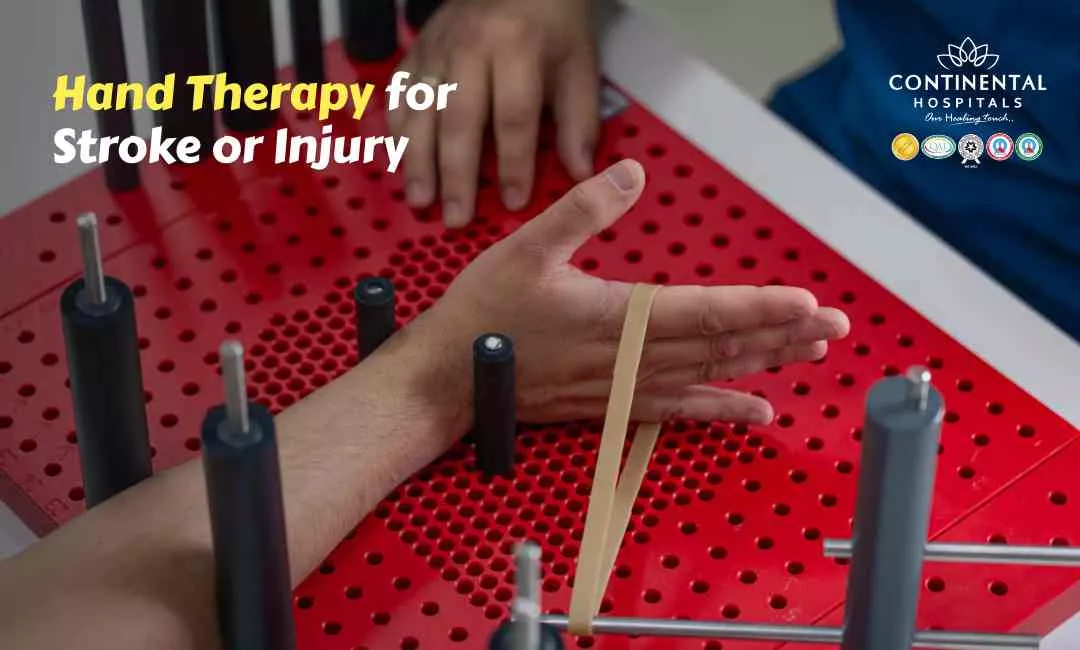The line between work and personal life can easily blur. With remote work becoming more common, many people find themselves answering emails late at night or working on weekends. This can lead to overwork, stress, and burnout. Setting clear boundaries between your professional and personal life is crucial for maintaining your well-being. In this blog, we’ll explore practical tips to help you establish these boundaries effectively.
Understanding the Importance of Boundaries
- Protect Your Time: By defining when and where you work, you can better manage your schedule and ensure you have time for personal activities.
- Reduce Stress: Having clear limits can decrease feelings of overwhelm and help you focus on what’s important.
- Improve Relationships: Spending quality time with family and friends becomes more feasible when you aren’t constantly tied to work.
- Enhance Productivity: When you know you have a set time to work, you’re more likely to be focused and productive during those hours.
Tips for Setting Boundaries
Create a Dedicated Workspace
If you’re working from home, designate a specific area for work. This doesn’t have to be a separate office; it can be a corner of a room or even a specific chair. The key is to create a space that signals “work mode.” This physical separation helps your brain transition between work and personal time. When you leave your workspace, it’s a visual cue that your workday is over.
Set Specific Work Hours
Establish a clear start and end time for your workday. Communicate these hours to your colleagues and supervisors, so they know when you’re available. Stick to these hours as much as possible. If you find yourself tempted to work outside these hours, remind yourself that taking breaks and having downtime is essential for your overall productivity.
Utilize Technology Wisely
Leverage technology to help you maintain boundaries. Use calendar apps to block out personal time and set reminders for breaks. If your job requires you to be available via email or messaging apps, consider muting notifications after work hours. This will help you resist the urge to check in on work when you should be focusing on your personal life.
🥗 Healthy Plate Challenge
🍽 Add Your Favorite Dish
Pick Your 6 favorite foods, eat, and see the results.Drag & drop foods onto your plate.
Drop Food Here
Communicate Clearly
Communication is key in setting boundaries. Let your manager and colleagues know about your work hours and your availability. If you’re in a meeting and need to leave at a certain time, don’t hesitate to speak up. Clear communication can prevent misunderstandings and set expectations for everyone involved.
Prioritize Your Tasks
Not every task holds the same level of importance. At the start of each week, identify your top priorities and focus on completing those first. This will help you stay organized and make it easier to turn off work mode once your essential tasks are completed. Use tools like to-do lists or project management software to keep track of what needs to be done.
Schedule Breaks
It’s easy to lose track of time when you’re focused on work. Schedule short breaks throughout your day to recharge. Step away from your desk, take a walk, or practice deep breathing exercises. These breaks will help you clear your mind and maintain productivity.
Establish “No Work” Zones
Identify areas in your home where work is off-limits. For example, keep work-related activities away from the bedroom or dining area. This separation creates a more relaxing environment, allowing you to unwind without the reminders of work.
Practice Saying No
Learning to say no is a vital skill for maintaining boundaries. If someone asks you to take on additional work that could infringe on your personal time, don’t hesitate to decline. You can frame your response positively, explaining that you’re currently focused on your existing responsibilities.
Engage in Personal Activities
Make time for hobbies, exercise, and socializing. Engaging in activities that bring you joy and relaxation will help you unwind and recharge. Schedule these activities just like you would a work meeting. This intentionality makes it easier to prioritize your personal life.
Reflect and Adjust
Regularly evaluate your work-life boundaries. Are you feeling overwhelmed or burned out? If so, take time to reassess and adjust your boundaries. Maybe you need to shorten your work hours or cut back on after-hours communication. Being flexible and open to change will help you maintain a healthy balance.
Conclusion
Setting boundaries between your work and personal life is essential for your mental and physical well-being. By creating a dedicated workspace, establishing specific work hours, utilizing technology wisely, and communicating your needs, you can avoid overwork and find a better balance in your life. Remember, it’s okay to prioritize yourself. Implement these strategies, and you’ll likely notice improvements in your productivity, relationships, and overall happiness. Life is not just about work; it’s about enjoying every moment. So, take that step back and breathe—your well-being is worth it!
Related Blog Article-
.webp)














